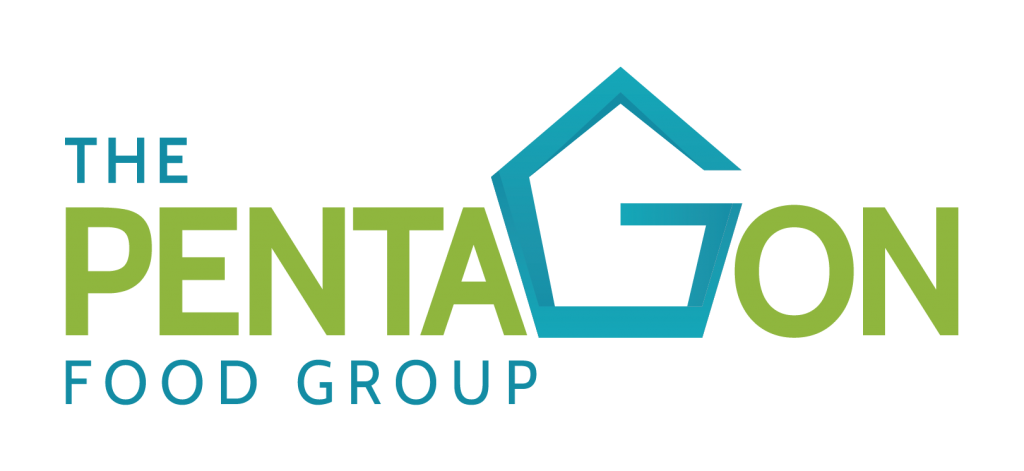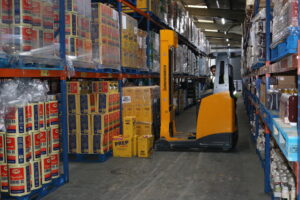Food products reach consumers in the best condition. Ensuring food transport safety is crucial for protecting public health and maintaining customer satisfaction. This blog explores key industry standards and best practices in safety protocols and driver training. We aim to provide a guide on industry standards and best practices. It will detail the critical measures for maintaining high safety in food delivery. This discussion will be a resource for understanding. It will explain how safety protocols and driver training can lower risks. They also boost efficiency and protect food integrity in the supply chain.
Importance of Safety in Food Transport
Safety in food transport is crucial. It keeps food fresh and safe. This is key to making customers happy and keeping them coming back. Safe food transport protects products. It also builds trust in the company. Companies that follow strict safety rules tend to have better reputations. They also have more success. Statistics show that accidents in food transport have decreased. This is thanks to improved safety measures. It highlights the need to keep focusing on safety.
Key Safety Protocols in Food Transport
1. Vehicle Maintenance and Regular Inspections
Keeping vehicles in good condition is essential for safe food transport. Well-maintained vehicles are less likely to break down, ensuring timely and safe deliveries. Common maintenance tasks include checking the engine, brakes, tyres, and fluids. Also, regular cleaning and sanitising to stop contamination.
2. Temperature Control and Food Safety
Maintaining the right temperature is crucial for keeping food fresh and safe. Proper refrigeration and constant temperature monitoring help. They make sure that food stays at the right temperature throughout the journey. This prevents spoilage and keeps food safe to eat. Also, it’s important to prevent cross-contamination. Do this by keeping different types of food separate and using proper packaging.
3. Compliance with Food Transport Regulations
Following food transport regulations and standards is vital. These rules ensure that food is transported safely and remains in good condition. Not following these rules can lead to fines. It can also damage your reputation and cost you business. So, it’s important to know and follow all relevant rules. This is to keep high Food Safety Standards.
4. Use of Technology in Safety Protocols
Technology plays a big role in enhancing food transport safety. GPS tracking helps optimise routes. It ensures timely deliveries and cuts the risk of accidents. Advanced temperature monitors check the vehicle’s temperature. They alert drivers if there are issues. This helps maintain the quality and safety of the food during transport.
Driver Training in the Food Industry
Training drivers is vital for ensuring food transport is safe and efficient. Proper training teaches drivers key skills and knowledge. These help them do their jobs better and keep the food they transport safe.
- Significance of Driver Training
Drivers who are well-trained crash less. This means food arrives on time and in good shape. They also know how to move food safely. This stops spoilage and contamination.
- Types of Driver Training Programs
Driver training comes in different forms. New drivers go through initial training to learn the basics of the job. Experienced drivers enjoy ongoing training and refresher courses. These help them stay updated on the latest safety practices and regulations.
Key Components of an Effective Training Program
1. Defensive Driving Techniques.
Drivers learn to drive safely and avoid accidents. They do this by anticipating road hazards.
2. Hazard Recognition and Emergency Response:
Training includes recognising and responding to emergencies. Such as road accidents or vehicle breakdowns.
3. Health and Wellness Education:
Drivers are taught about the importance of staying healthy and fit. It helps them perform their job more effectively and safely.
Driver training is comprehensive. It ensures that drivers are well-prepared to transport food safely. They must also maintain high standards for food quality and customer satisfaction.
Implementation of Safety Protocols and Training
Implementing safety protocols and training has several key steps. They make sure that food transport stays safe and efficient.
- Firstly, maintaining food transport safety protocols is essential for ensuring that food products reach consumers in optimal condition. Proper driver training programs and adherence to food safety regulations are key components of this process. Training employees on these rules is essential. It gives them the knowledge and skills to uphold safety well.
- Setting a clear training schedule ensures that drivers get initial and ongoing training. It covers critical topics like defensive driving and emergency response.
- We monitor and evaluate driver performance. This allows for feedback and adjustments. It fosters continuous improvement in safety through regular updates and better training.
Pentagon Food Group’s Commitment to Safety
Pentagon Food Group prioritises safety. It does so in its food transport operations by strictly following established protocols. The company does regular vehicle maintenance. They also monitor temperatures. This is to keep food safe during transit. Driver training programs cover defensive driving and emergency response. They make driving safer. These measures have led to fewer incidents. They also improved efficiency and increased customer satisfaction. They show that Pentagon Food Group is committed to safe food delivery.
Discover more about our commitment to safety by exploring related blog posts and pages on the Pentagon Food Group website. Click here to learn more www.pentagonfoodgroup.co.uk !
Read More: Top Tips to Beat the Hot Season with Ice Cream Sales
Final Words:
In conclusion, rigorous food transport safety protocols and comprehensive driver training are essential for ensuring the safe and efficient delivery of food products. By prioritizing these measures, companies can enhance their reputation and achieve greater success. These measures keep food safe and customers happy. Other companies in the industry must prioritize safety. They must recognize its key role in both operational excellence and following regulations. Looking ahead, food transport will likely become safer. This will happen due to better technology and training.






